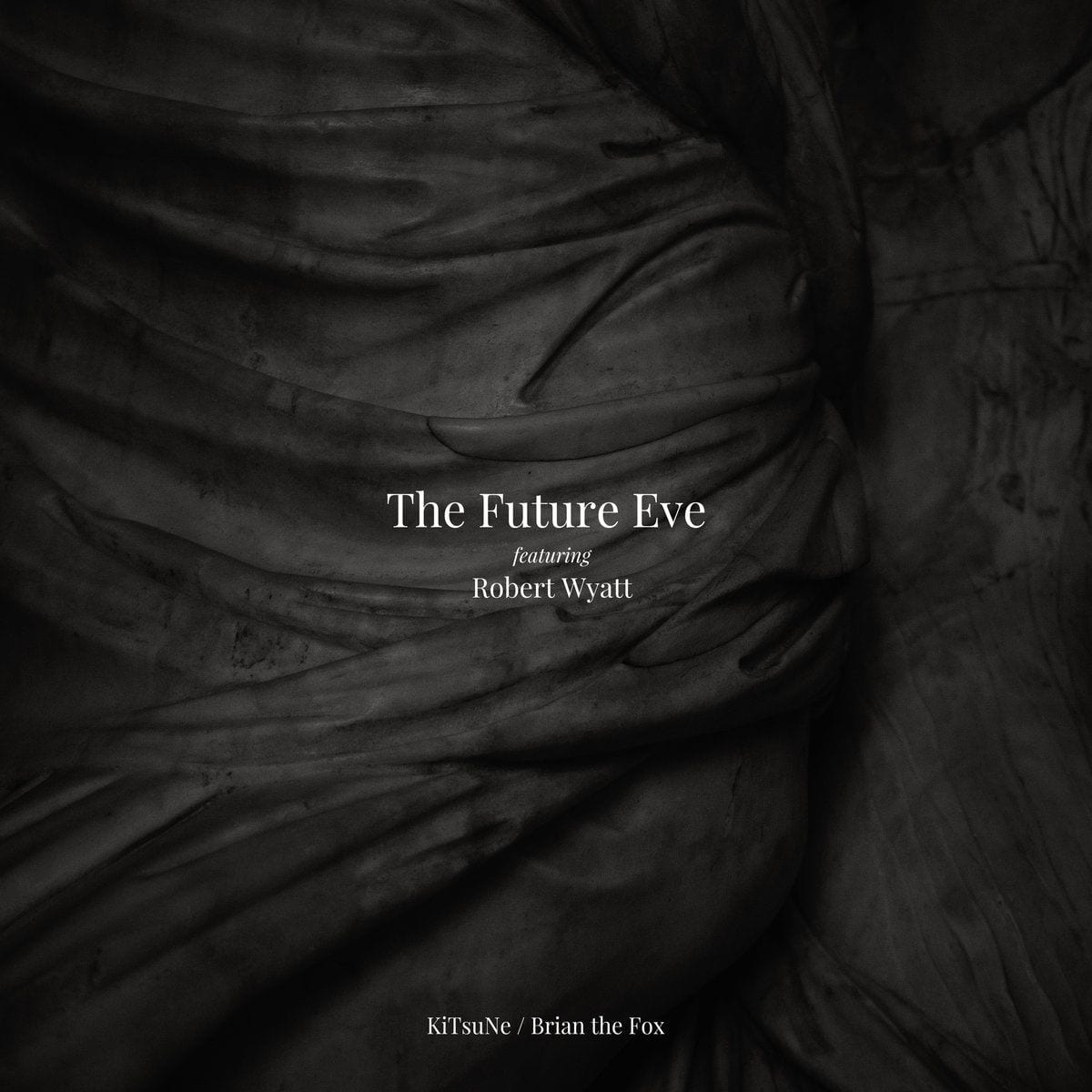
Some beginnings are only proxies, hiccups in the space-time continuum. Even when they defy their own existence, however, we rely upon them for a reason. Beginnings help us gather our bearings, narrowing our focus, framing what’s important to the story. Without beginnings—or endings, for that matter—life would go on, and on, and on, and…
Okay, you get the point. So, what’s the story behind KiTsuNe – Brian the Fox? I’m glad you asked. [Inhales deeply.]
It all began in 1998. Japanese darkwave enigma Th released a few albums in the 1980s before disappearing—for nearly a decade. Then in the late 1990s, he reached out to Robert Wyatt, a mainstay in the English progressive rock scene, with a question: Do you have any unreleased music that I can work on?
Wyatt just happened to have a project in mind. Voila: “Brian the Fox”.
Wyatt is most commonly known as a founding member of the English progressive rock band Soft Machine. But after a fall from a fourth-floor window left him paraplegic in 1973, Wyatt abandoned the band to make music on his own. Though he was paralyzed from the waist down and confined to a wheelchair, his spirit remained strong, his creativity fruitful. Wyatt’s solo career spans everything from nursery rhymes to jazz improvisations, from covers of pop singles to free-form folk. Not many can boast of working with colleagues as diverse as the Animals, John Cage, and Björk. But after a 40-year run, Wyatt retired from music in 2014, citing his age along with a growing interest in politics.
Whereas Wyatt’s life reads like a novel, Th’s barely reads like a postcard greeting. In 2014, he changed his band name to the Future Eve. Although a new name can signal a new beginning, there’s not much to recreate in his case: no photographs of him (supposedly) exist; he’s always avoided publicity. Curious readers can peruse online for his real name, something he regrets divulging early in his career. For the most part, clues to Th’s story must be gleaned from the liner notes for his releases: all of which were recorded in the same studio, with the same engineer, and released on his own label, Castle Records. Anything beyond that remains a mystery.
“Brian the Fox” was unique in Wyatt’s body of work: it had no central tempo and the lyrics were sparser than even a haiku! Four initial tracks were recorded directly onto cassette (DAT tape), then shelved for years, awaiting completion. Along with his studio partner Takaaki Han-ya, the Future Eve built upon Wyatt’s long-dormant project, extending the initial tracks into a dual-disc recording.
During the project’s production, the Future Eve’s mother passed away, providing a thematic focus: “At that time I just lost my mother so I thought I would make this work with the thought and the structure of reincarnation.” A controlled sorrow summons the recently transfigured. But these aren’t quant temple mantras: scorched synth floats through deep space, surging into fading shapes; and the vocals—featuring lyrics sparser than haiku!—stretch into elongated sighs.
The first disc, KiTsuNe – Brian the Fox, exits the Earth’s atmosphere without warning or destination. Sling-shooting around a star, “01.01” opens by skirting eruptions of plasma; “03.01” closes just as daringly, dodging debris in an asteroid belt. As the voyagers approach a trembling quasar, chords of liquid synth curl around pinging guitar notes: feel time sink into a wormhole of uncertainty.
If the first disc hurls past stellar phenomena, the second, KiTsuNe Ring Version – Brian the Fox, aims for something a little more terrestrial. Its eight tracks progress from feverish turbulence to hushed drones. Exploring a Martian landscape on foot, the expedition embarks on a solitary trek through a cold desert landscape. Buffeted by dust storms, the space suit’s life support wheezes in overload, each footstep heavier than the next.
Throughout it all, Wyatt’s vocals leave one craning for each syllable to re-appear. When they do, they feel ephemeral, reflecting the passing nature of all beings. When we leave this life, will we come back? And, if so, in what form?
KiTsuNe – Brian the Fox floats between life and death. As art bears the imprint of its creator, this is also the story of a collaboration between two left-field musicians: one genre-blurring retiree who turned a four-story fall into a 40-year career; one ghost-with-a-name enigma who transformed silence into an identity; each has traced their own trajectory; each eludes easy summary. Merging the opaque with the lucid, the known with the mysterious, this is closure for some… renewal for others…

